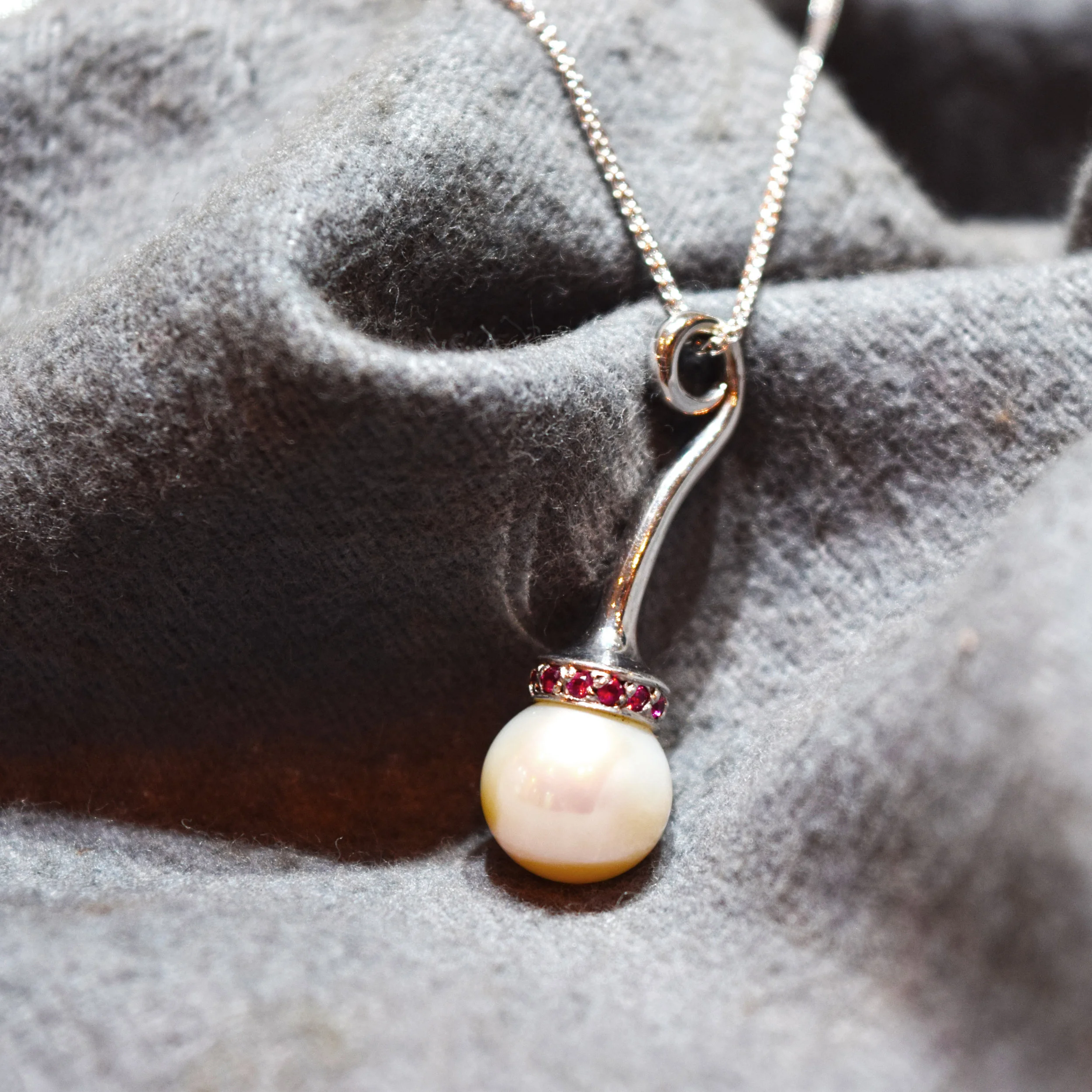Spinel
Named after the Latin word spina, meaning ‘little thorn’ due to the sharp points found on some of the crystals, spinel can be found in a wondrous wide range of colours depending on the presence of various impurities. Red spinel coloured by chromium and iron is particularly popular, perhaps because it for many years was thought to be a variety of ruby. However, despite being nearly as durable as rubies and sapphires, spinel isn’t that well known as a gemstone, which makes it an affordable alternative for budget-conscious jewellery buyers.
The most popular and sought-after colour of spinel is bright red-orange, like that of a poppy or a flame, also known as rubicelle. Blue spinel is often coloured by iron, or less commonly by cobalt, but can occasionally be confused with blue sapphire. Green, yellow or colourless spinels however are very rare, alongside star spinels.
The rarity of large stones is probably the reason why spinel is not better known, with the majority weighing between 0.5 to 2 carats and rarely over 4 carats. It’s a good stone for cutting as it isn’t brittle and the faceted edges, as the name would suggest, stays sharp over time.
With the right proportions, a faceted spinel can produce the same brilliance and fire as a diamond.
Sources:
Judith Crowe, The Jeweller's Directory of Gemstones (London: A&C Black, 2006)
Cally Hall, Gemstones (London: Dorling Kindersley, 1994)
Jaroslaw Bauer and Vladimir Bouska, A Guide in Colour to Precious & Semiprecious Stones (London: Octopus Books, 1983)

